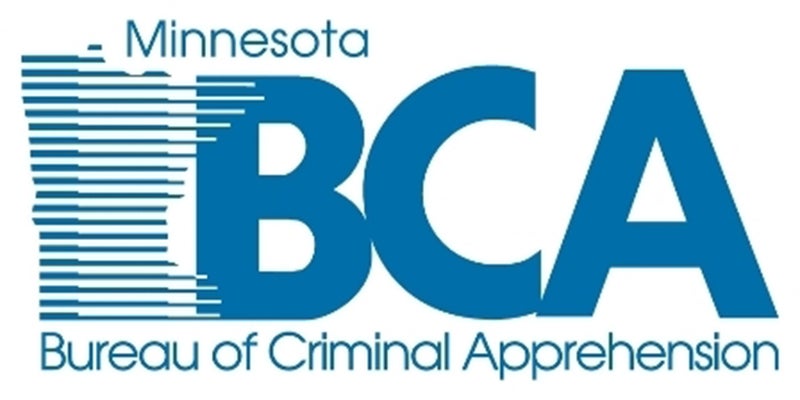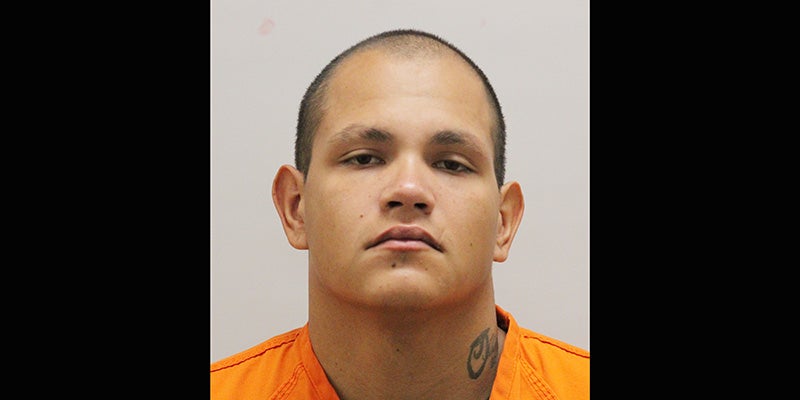Minnesota prison rate rises as crime rate drops, study finds; Increase in felony charges boosts incarceration rate
Published 8:10 am Tuesday, January 23, 2018
MINNEAPOLIS — Minnesota is putting more people in prison despite a decline in the crime rate, according to a new study.
Pew Charitable Trusts says the state’s incarceration rate rose 1 percent from 2008 to 2016, despite a 24 percent dip in overall crime, the Star Tribune reported. Minnesota is one of a dozen states to see their prison population increase during that time period. In contrast, Wisconsin’s prison rate fell by 26 percent.
Kelly Lyn Mitchell and Richard Frase, who study incarceration rates at the University, said a 55 percent increase in felony charges across Minnesota has contributed to the rising incarcerate rate. The creation of a felony-level DWI charge, changes to sexual assault convictions as well as increased penalties for illegal firearm possession account for hundreds of the additional charges.
There’s also a high number of Minnesota residents on probation or post-prison supervised release who violate their release terms and end up back in prison, the researchers said.
Despite the prison population increase, Minnesota’s prison rate is still among one of the lowest in the nation, Frase said.
“We’re still doing pretty well,” he said. “In spite of those caseload increases, we’re holding to our pattern of low incarceration rates.”
The financial strain of mass incarceration is leading policymakers to conclude that it may not be the best path to public safety, said Adam Gelb, director for Pew and study co-author.
“The tone in Washington is definitely casting a cloud over the criminal justice reform movement, but so far state and local leaders are plowing ahead with their efforts to improve the system,” he said.
Minnesota taxpayers spent $41,000 per inmate annually, according to a study by the Vera Institute of Justice, a non-profit group.
“States have to balance their budgets,” Gelb said. “So they are acutely aware of the trade-offs.”





